Listening in slug time
Abstract
This work takes place in the garden, a space of refuge and multispecies co-dependence, from the perspective of two people living with disabling conditions.
We are a sound artist and an anthropologist, also mother and daughter. We are both adjusting to alternative temporalities, reduced mobilities and ways of living by our chronically unwell bodies. Our paper meditates on how multispecies listening can help us to live slower and maybe better, embrace new temporalities and sustain practices of care within the garden and beyond.
We have been developing sound sitting, as opposed to sound walking, as an accessible listening practice. Sound sitting invites slow listening, »in every possible way to everything possible to hear« (Oliveros, 1998). attending to the small, mundane, and everyday sonic worlds within and between bodies – our own and the critters of the garden that we ignore or treat carelessly under capitalism. Inspired by crip time (Kafer, 2013; Samuels, 2017), anthropology (Tsing, 2021) and expanded listening practices (Oliveros,1995; Shah, 2021), we become participants in a sonic network that extends to the semantic and the ethical allowing us to listen and learn from more than human temporalities – »slug time« or the amorphous, sticky instances of slow knowledge production.
Listening on your mobile device? Here's a direct link to Soundcloud
Bibliography
Lisa Baraister (2017). Enduring Time, Bloomsbury Academic
Barua, M. (2014). Volatile Ecologies: Towards a Material Politics of Human—Animal Relations. Environment and Planning A: Economy and Space, 46(6), 1462-1478.
Benezra, A. (2021). Microbial kin: Relations of environment and time. Medical Anthropology Quarterly, 35(4), 511-528.
Bhowmik, M. (2024). »A Universe of Sounds: Lessons in listening from the field in ‘Bengal’«. Unpublished paper.
de La Bellacasa, M.P. (2017). Matters of care: Speculative ethics in more than human worlds (Vol. 41). U of Minnesota Press.
Han, M. S.W. (2022). More-than-human kinship against proximal loneliness: practising emergent multispecies care with a dog in a pandemic and beyond. Feminist Theory, 23(1), 109-124.
Kafer, A. (2013). Feminist, queer, crip. Indiana University Press.
Kenward, L. (2023). Moving Mountains: Writing Nature through Illness and Disability, Footnote Press
Kirksey, S.E. & Helmreich, S. (2010). The emergence of multispecies ethnography. Cultural Anthropology. 25(4), 545–576
Mazhary, H. (2021). Distancing animal death: Geographies of killing and making killable. Geography Compass, 15(7), e12582.
Núñez Casal, A. (2021) Feminist Para-Ethnographies: A Proposition for a ‘Critical Friendship’ Between Embodied Experiences and Microbiome Science, London Journal of Critical Thought 4,(1) 21-35.
Oliveros, P. (1998). The Roots of the Moment. Drogue Press.
Oliveros, P. (2005). Deep Listening: A Composer’s Sound Practice. iUniverse.
Oliveros, P. (2022). Sonic Meditations. PoPandMoM.
Samuels, E., (2017). Six ways of looking at crip time. Disability studies quarterly, 37(3).
Shah, R. (2021). Experiments in Listening, Rowman & Littlefield International
Sheldrake, M. (2021). Entangled life: How fungi make our worlds, change our minds and shape our futures. Random House Trade Paperbacks.
Tsing, Lowenhaupt A. (2015). The Mushroom at the End of the World Princeton University Press.
Keywords
Sound and the More-Than-Human Worlds
Fokusartikler
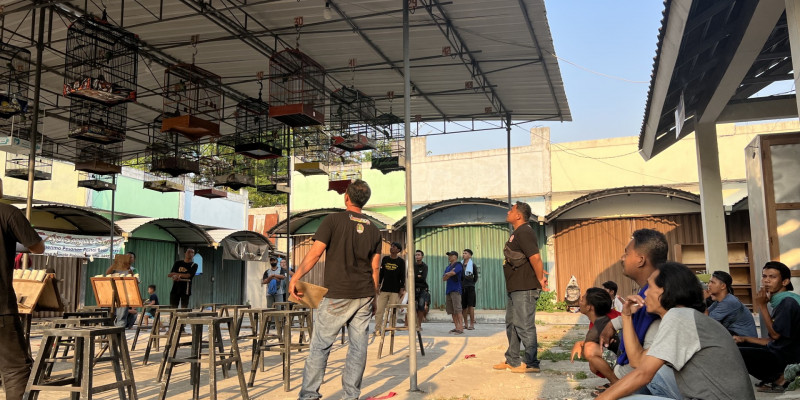
Love unto death
The multispecies aesthetics of birdsong and bird extinction in Indonesia
- Nils Bubandt,
- Sanne Krogh Groth

Alarming calls and whispering winds
On game-calling instruments, mimicry and intersubjectivity
- Nele Möller

Sonic animism?
»Deep« listening into field recordings and scientific audio collections
- Kirsten Reese
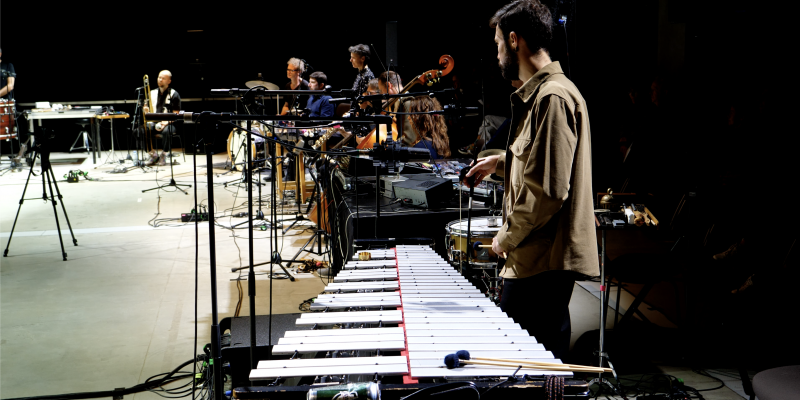
Real-time norms
Grooves, drones, and sense-making in experimental improvised music
- Christopher A. Williams,
- Joshua Bergamin

What do puppets hear?
The uncanny other world of the imagined consciousness of puppets
- Matt Smith,
- Paul J. Rogers
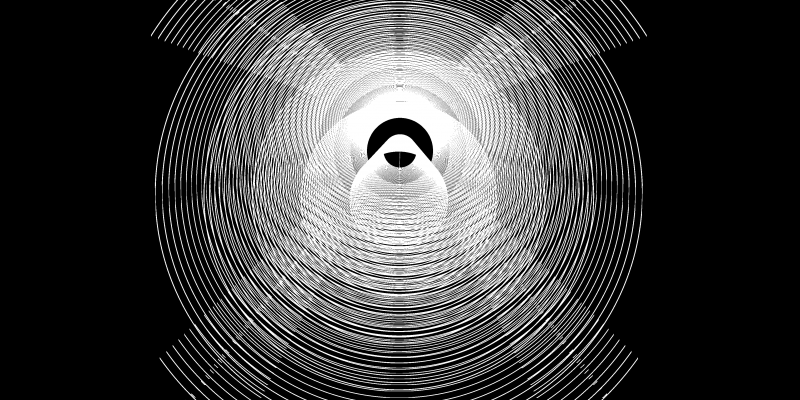
Embracing unnaturalness
Computer voices & trans sound studies
- Paulus van Horne

Algorithmic mythologies
Failure as a cultural tool
- Debashis Sinha

Being-at-work in the field
Rethinking field recording through energy ethics and actualisation
- Julian Weaver
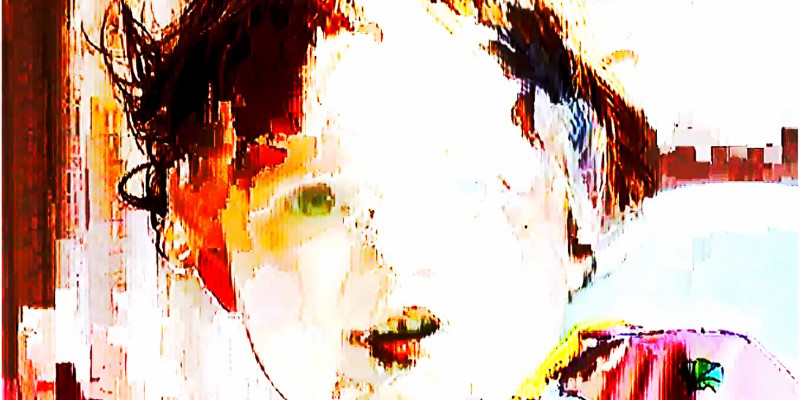
Whose voice is your voice?
Control, identity and metahuman sounds in AI audio compression codes
- Alberto Ricca

Ambient tremology
Vibratory linkages in the Danube Delta
- Kosmas Phan Ðinh,
- Mae Lubetkin,
- Michal Mitro

How ocean dreams
Sonic transmissions, deep-sea ecologies, and pluriversal listening
- Konstantinos Damianakis,
- Jol Thoms

Infrasound and the planetary imaginary
Making the changing atmosphere audible through infrasonic listening
- Brian House
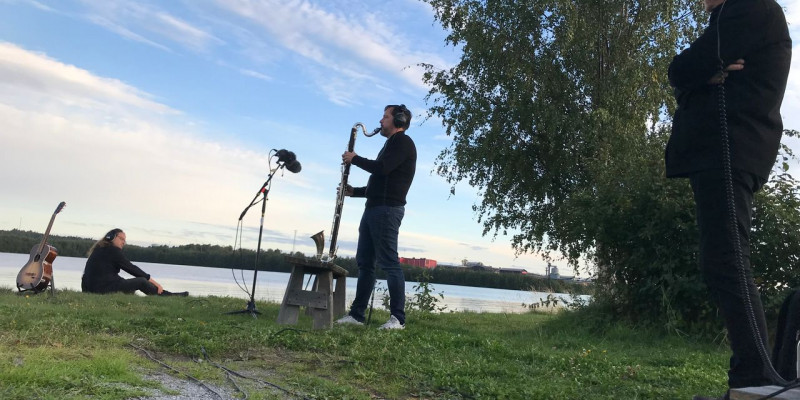
Sounds by water and trees
Exploring place through mediated listening
- Anders Hultqvist,
- Stefan Östersjö,
- Jan Berg,
- Robert Ek
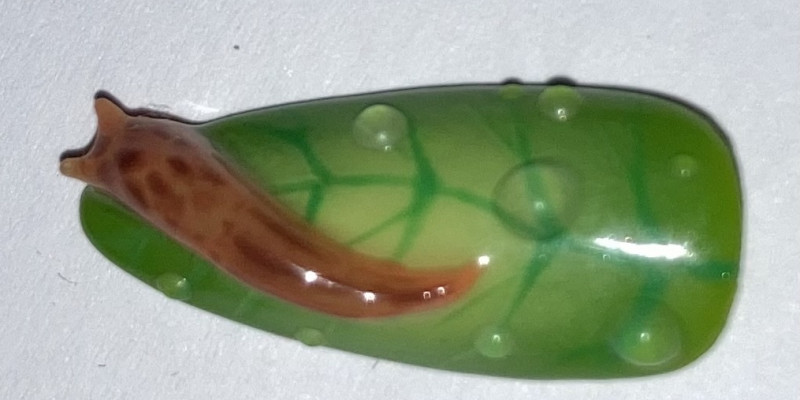
Listening in slug time
Listening slowly with bodies, critters, and the temporalities of the garden
- Cathy Lane,
- Maya Lane
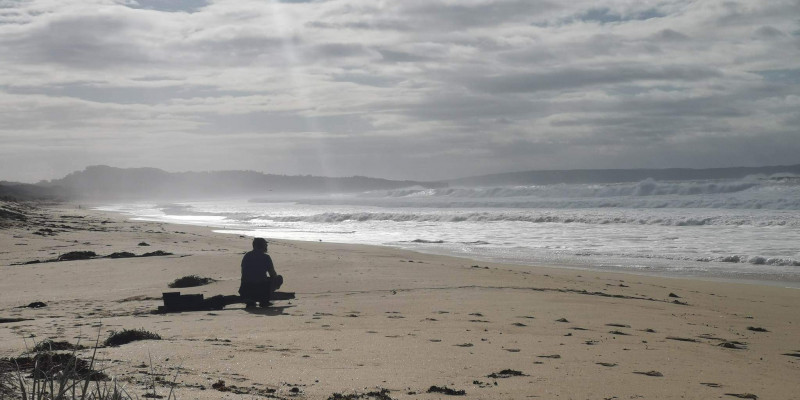
Listening with earth
Deep listening, vibrational ecologies, and sonic stories of the more-than-human
- Diana Chester,
- Damien Ricketson

Listening for mermaids
The otherworldly life of Lewisham's Rivers
- Louise Rondel,
- Emma Jackson,
- Konstantinos Damianakis

Glacial withness
Listening at the edge of planetary boundaries
- Angela Snæfellsjökuls Rawlings,
- Santiago Rueda-García,
- Konstantine Vlasis,
- Daniela Amado,
- Adam Świtała,
- Rike Scheffler,
- Linnéa Ida-Maria Falck
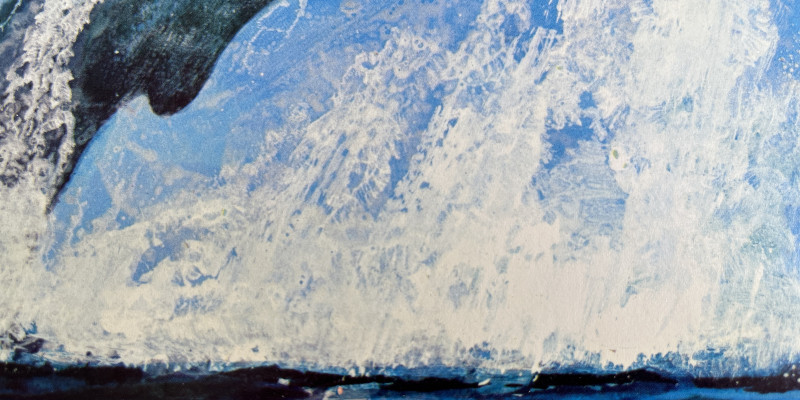
Ocean sense
Listening, technology and the sonic researcher
- Mark Peter Wright,
- Denise Risch
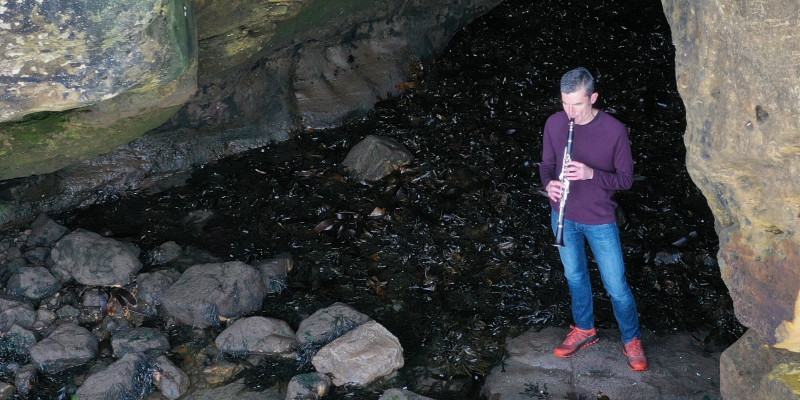
Sounding migrations
Deep listening and the acoustic phenology of whale song
- Alex South